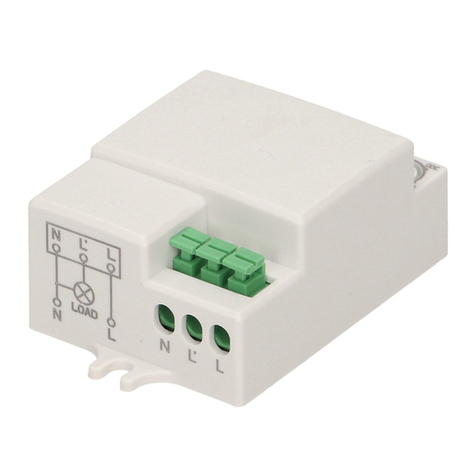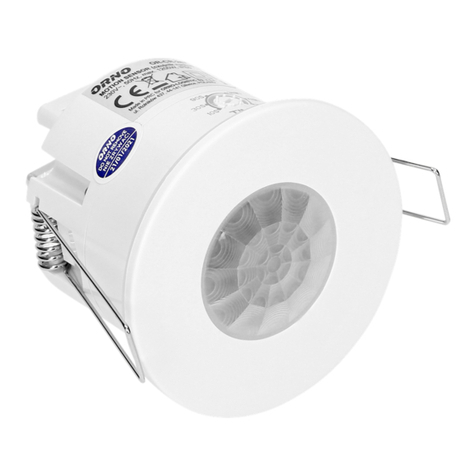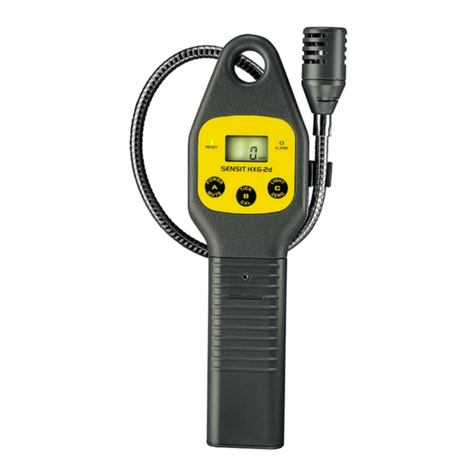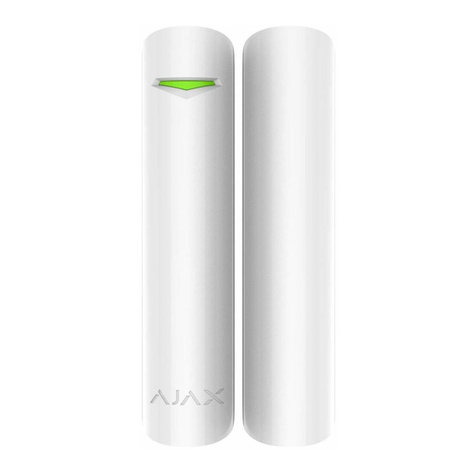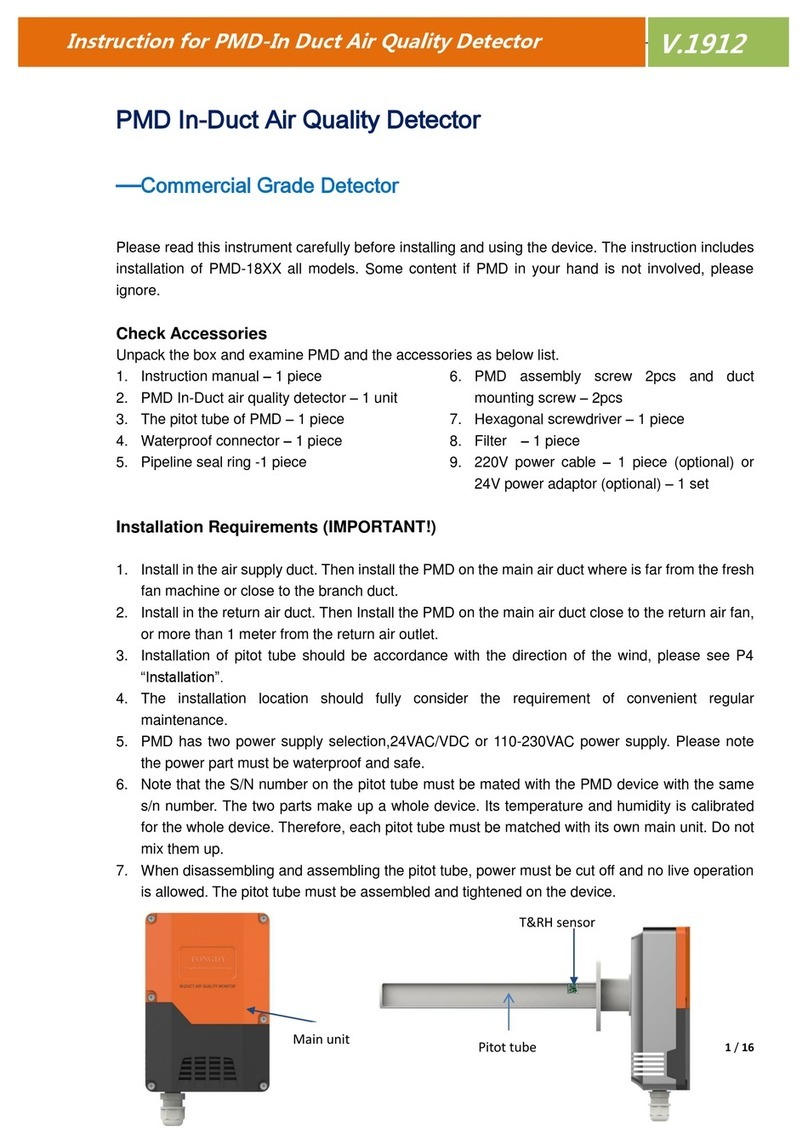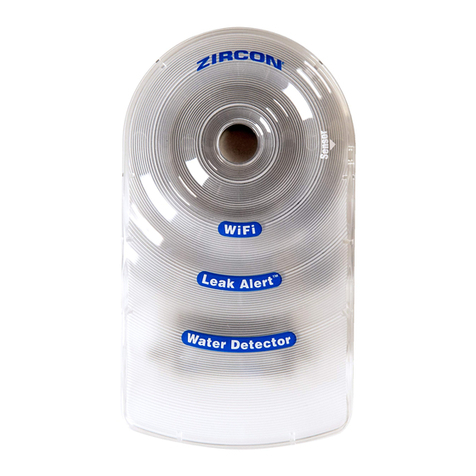Orno OR-DC-619 User manual






Other manuals for OR-DC-619
1
Table of contents
Other Orno Security Sensor manuals
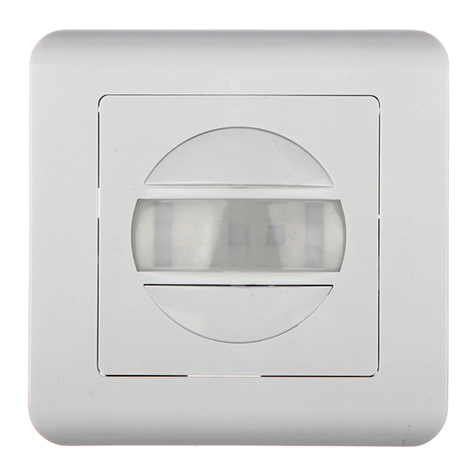
Orno
Orno OR-CR-261 User manual
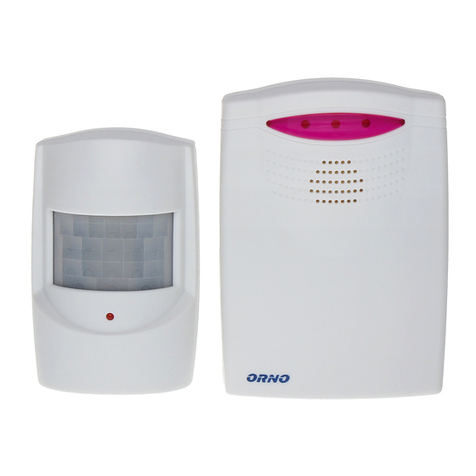
Orno
Orno OR-MA-705: OR-MA-710 User manual
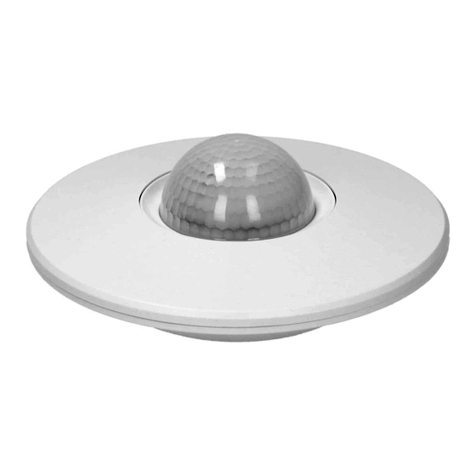
Orno
Orno OR-CR-252 User manual

Orno
Orno CALYPSO II AC User manual
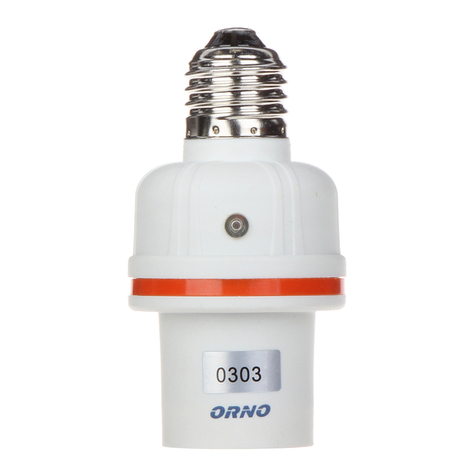
Orno
Orno OR-GB-431 User manual
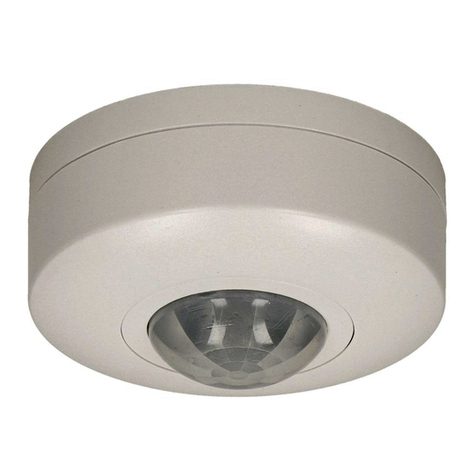
Orno
Orno OR-CR-249 User manual

Orno
Orno OR-CR-216 User manual
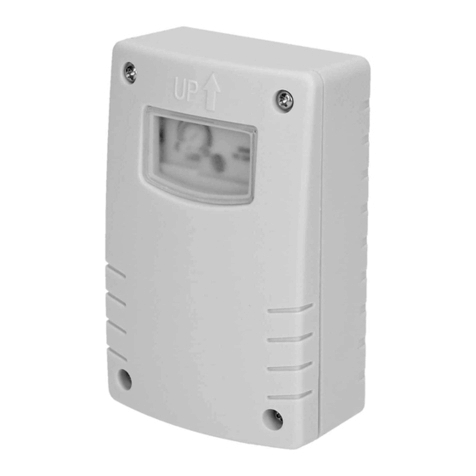
Orno
Orno OR-CR-209 User manual
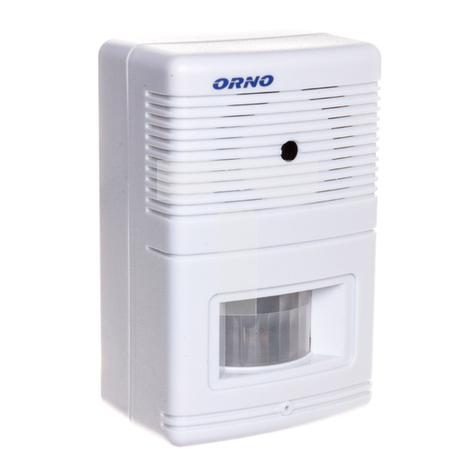
Orno
Orno OR-MA-701 User manual
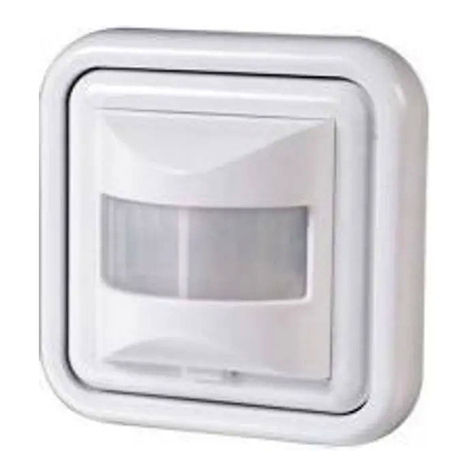
Orno
Orno OR-CR-220 User manual
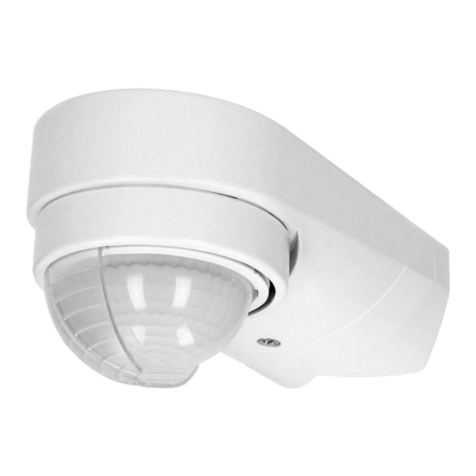
Orno
Orno OR-CR-265 User manual
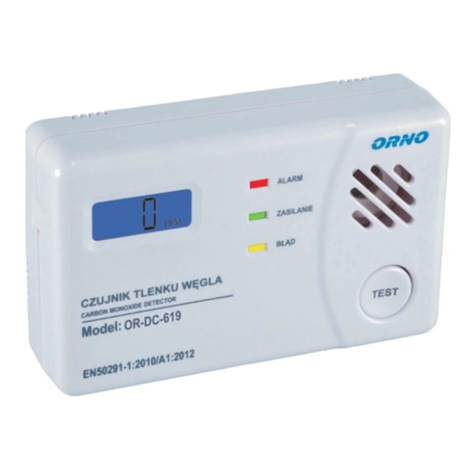
Orno
Orno OR-DC-619 User manual
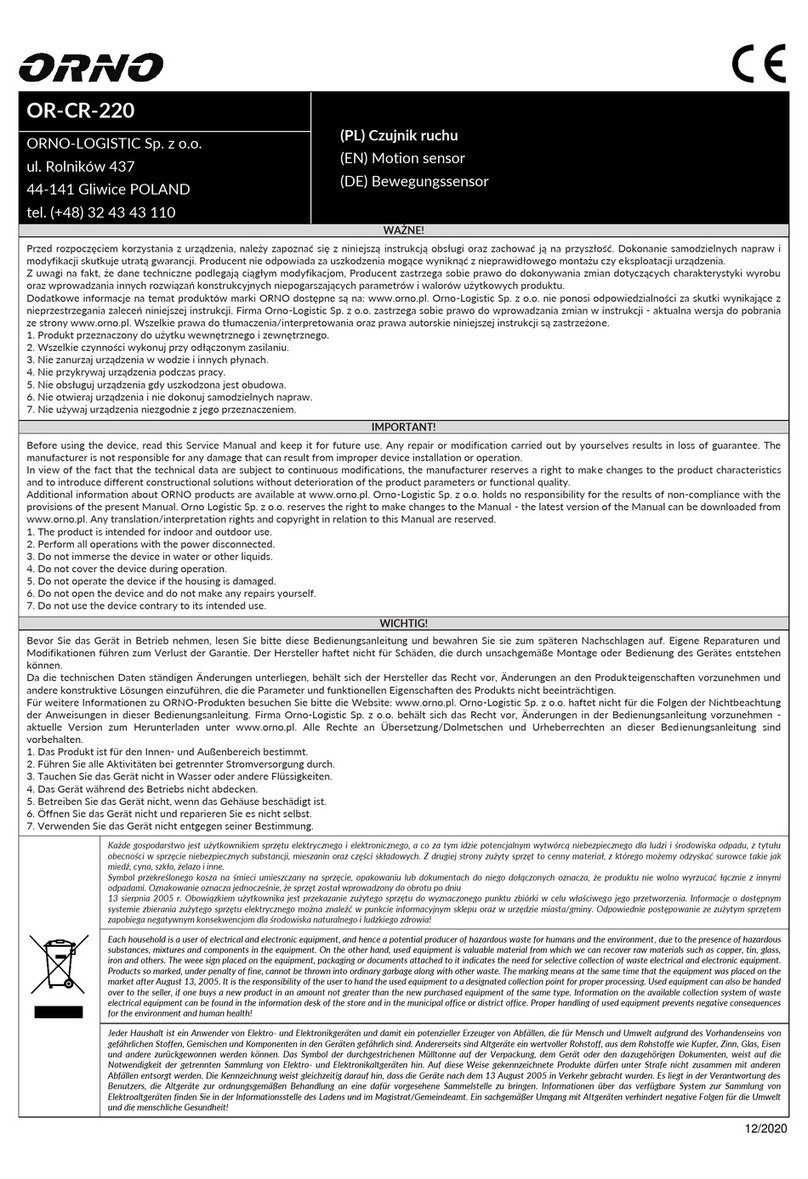
Orno
Orno OR-CR-220 User manual

Orno
Orno OR-CR-203 User manual
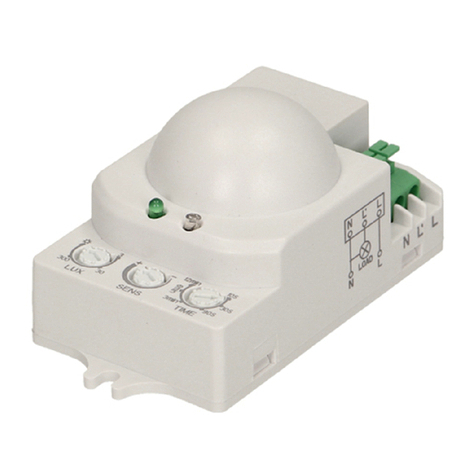
Orno
Orno OR-CR-208 User manual
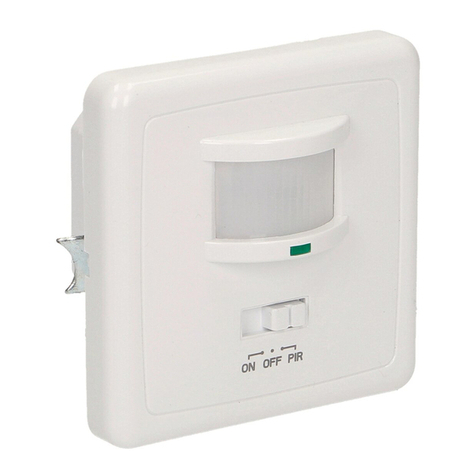
Orno
Orno OR-CR-205 User manual
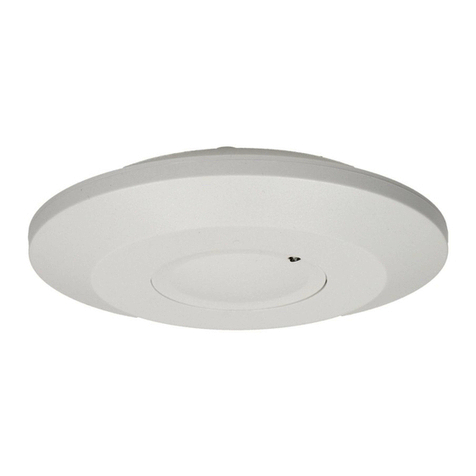
Orno
Orno OR-CR-240 User manual

Orno
Orno OR-AK-1210 Assembly instructions
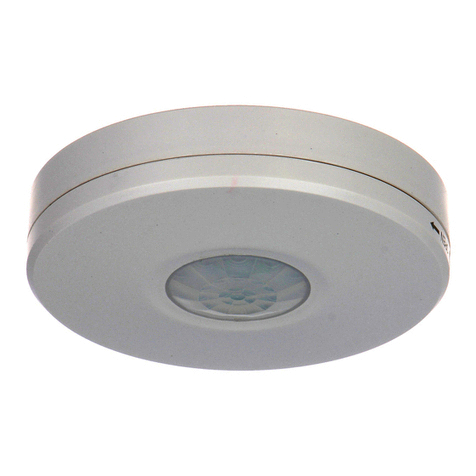
Orno
Orno OR-CR-264 User manual

Orno
Orno VIRONE DV-1 User manual
Popular Security Sensor manuals by other brands

Belkin
Belkin PureAV operating instructions
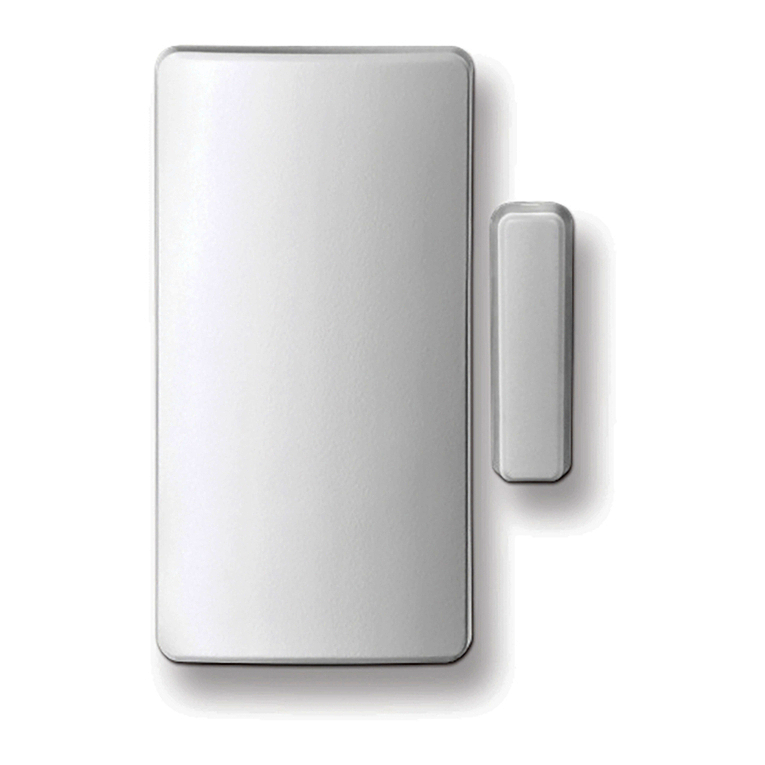
Honeywell Home
Honeywell Home PROSiXCT installation instructions
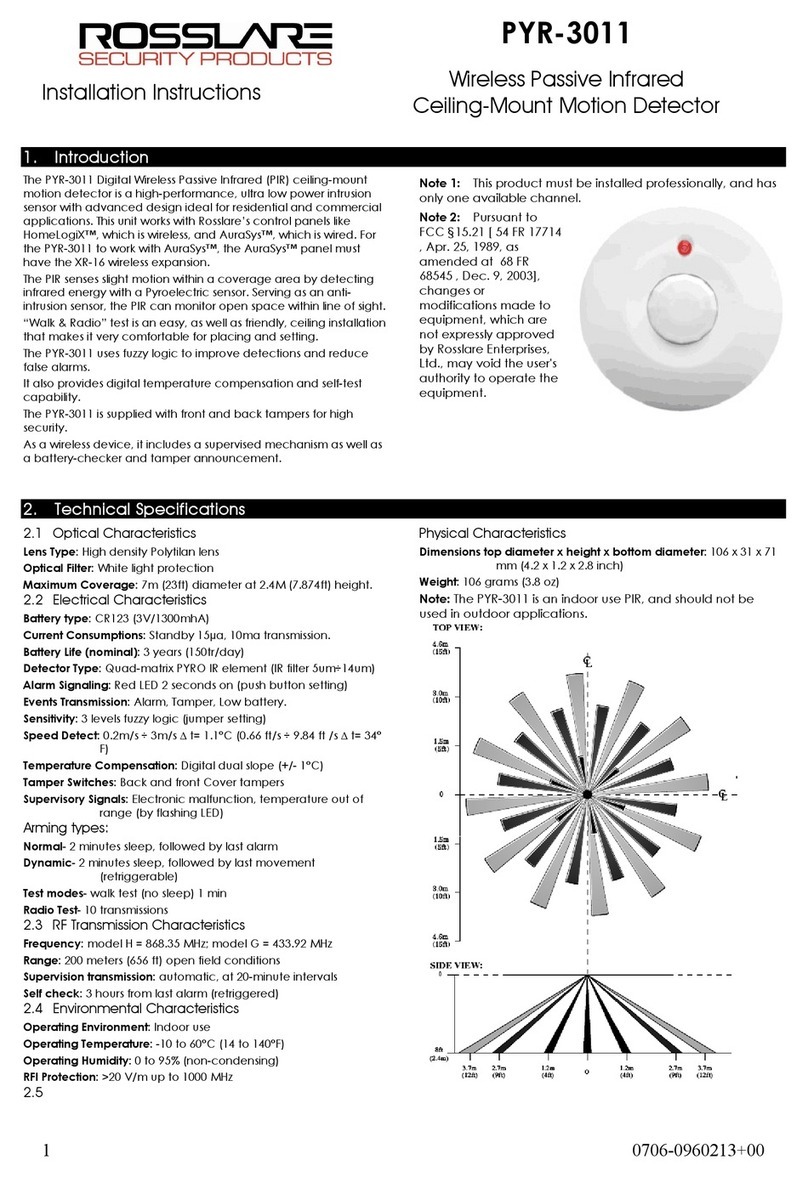
Rosslare
Rosslare PYR-3011 installation instructions
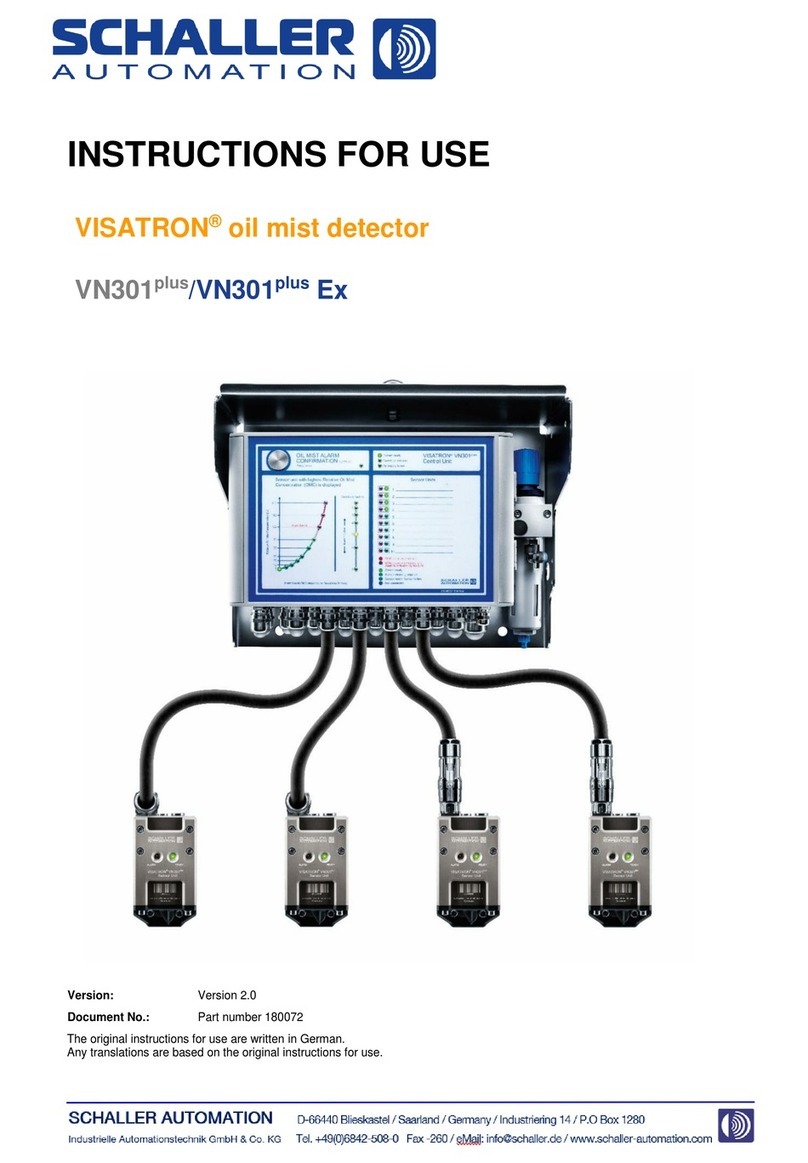
Schaller Automation
Schaller Automation VISATRON VN301plus Instructions for use
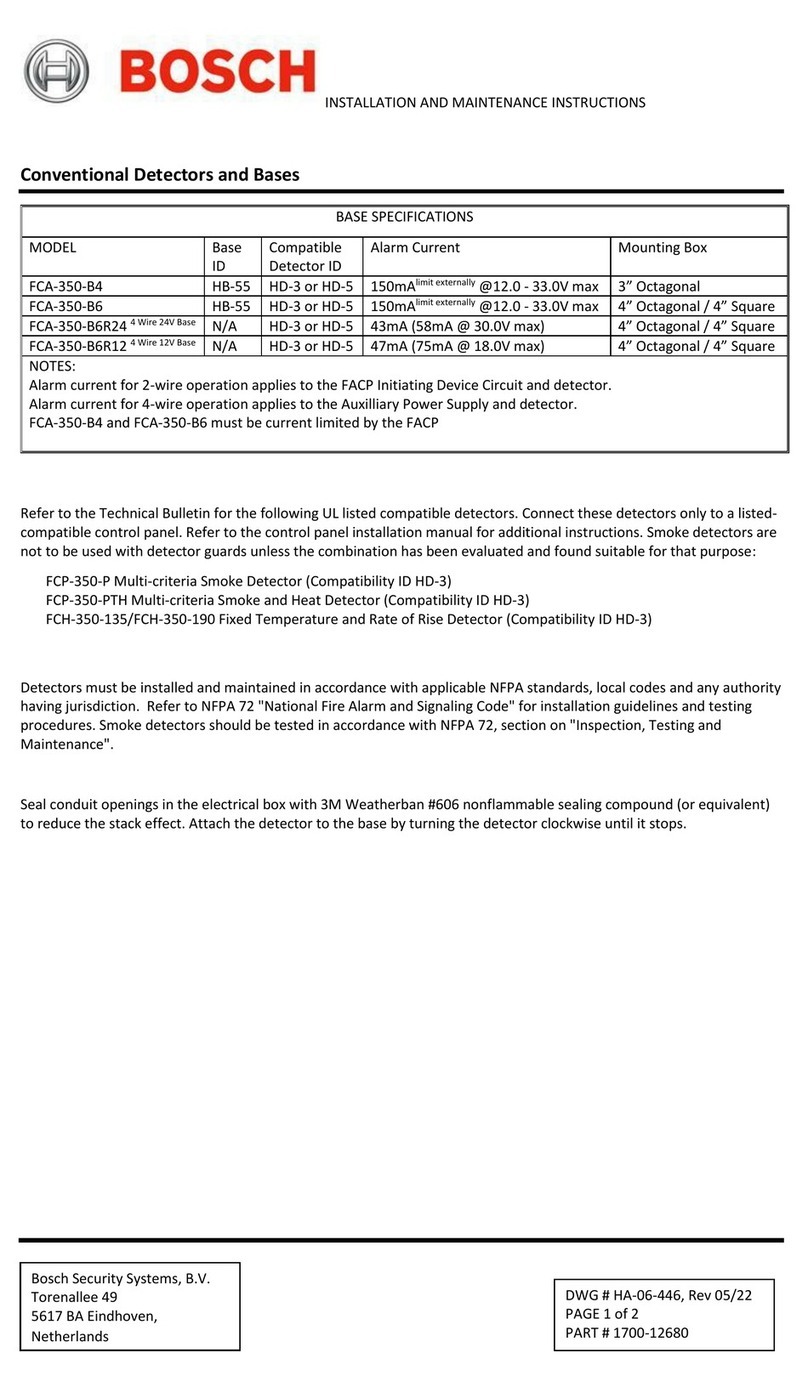
Bosch
Bosch FCA-350-B4 Installation and maintenance instructions

CiA
CiA DT12 Handbook for the Customer

ITALIANA SENSORI
ITALIANA SENSORI 8066-ISR052 Programming and operating manual
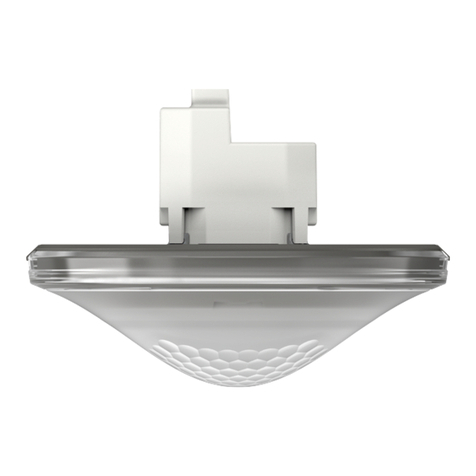
Theben
Theben thePrema S360-100 E UP WH manual
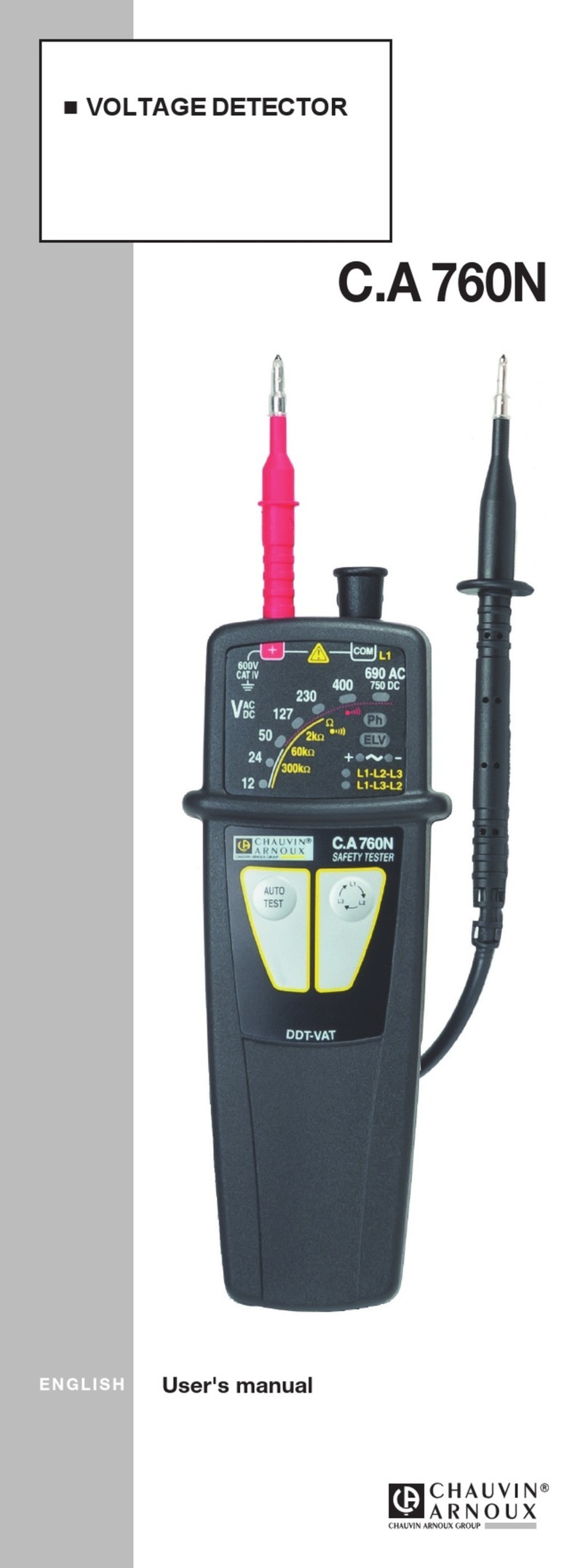
Chauvin Arnoux
Chauvin Arnoux 760N user manual
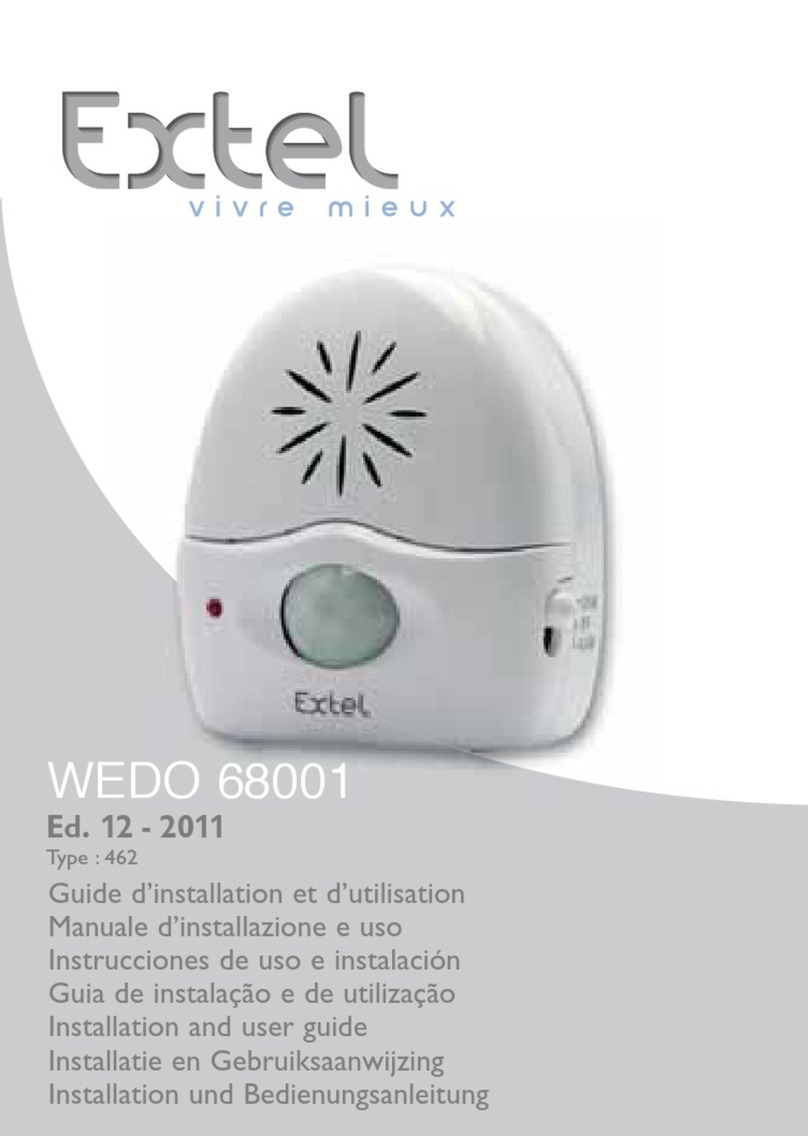
Extel
Extel WEDO 68001 Installation and user guide
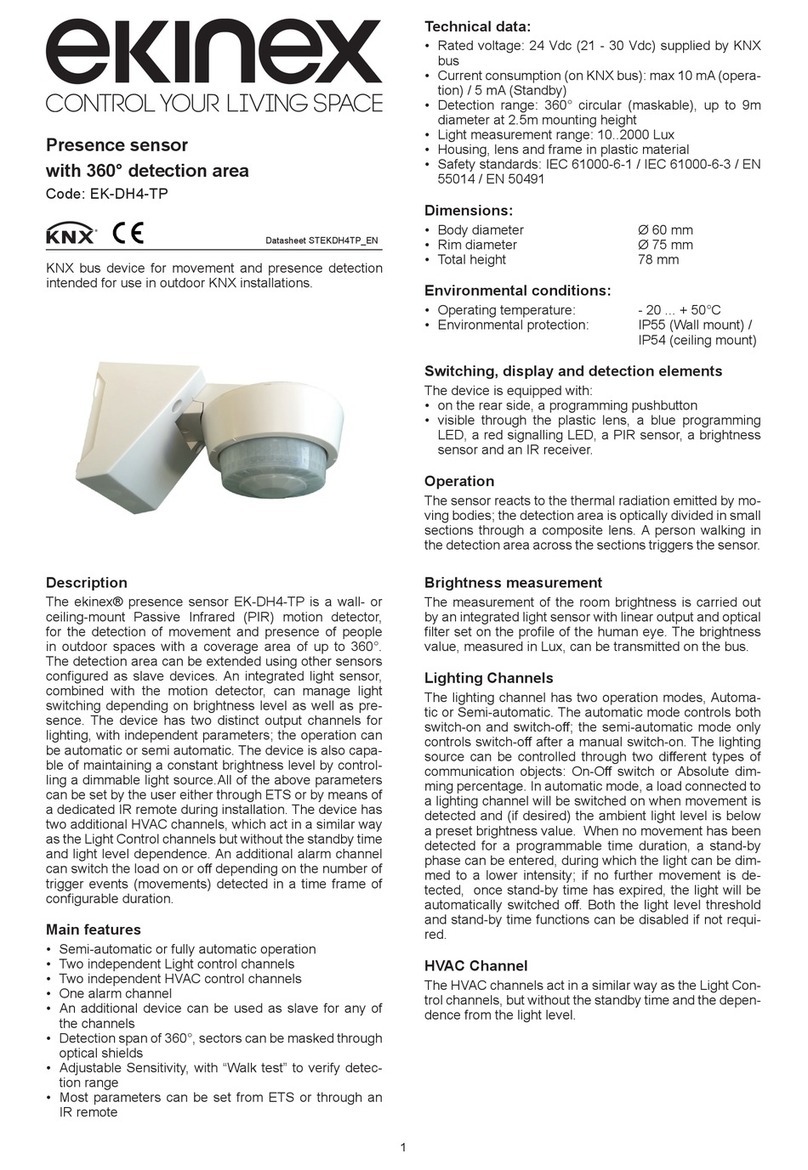
Ekinex
Ekinex EK-DH4-TP quick start guide
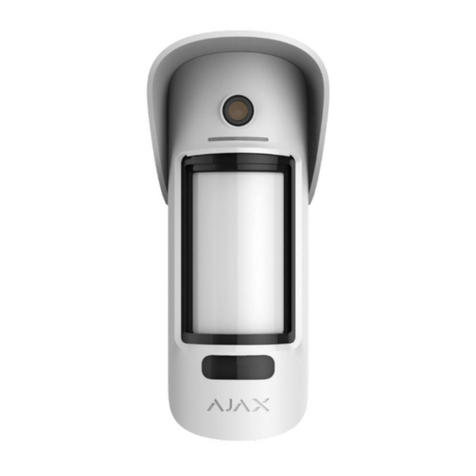
AJAX Systems
AJAX Systems MotionCam user manual
